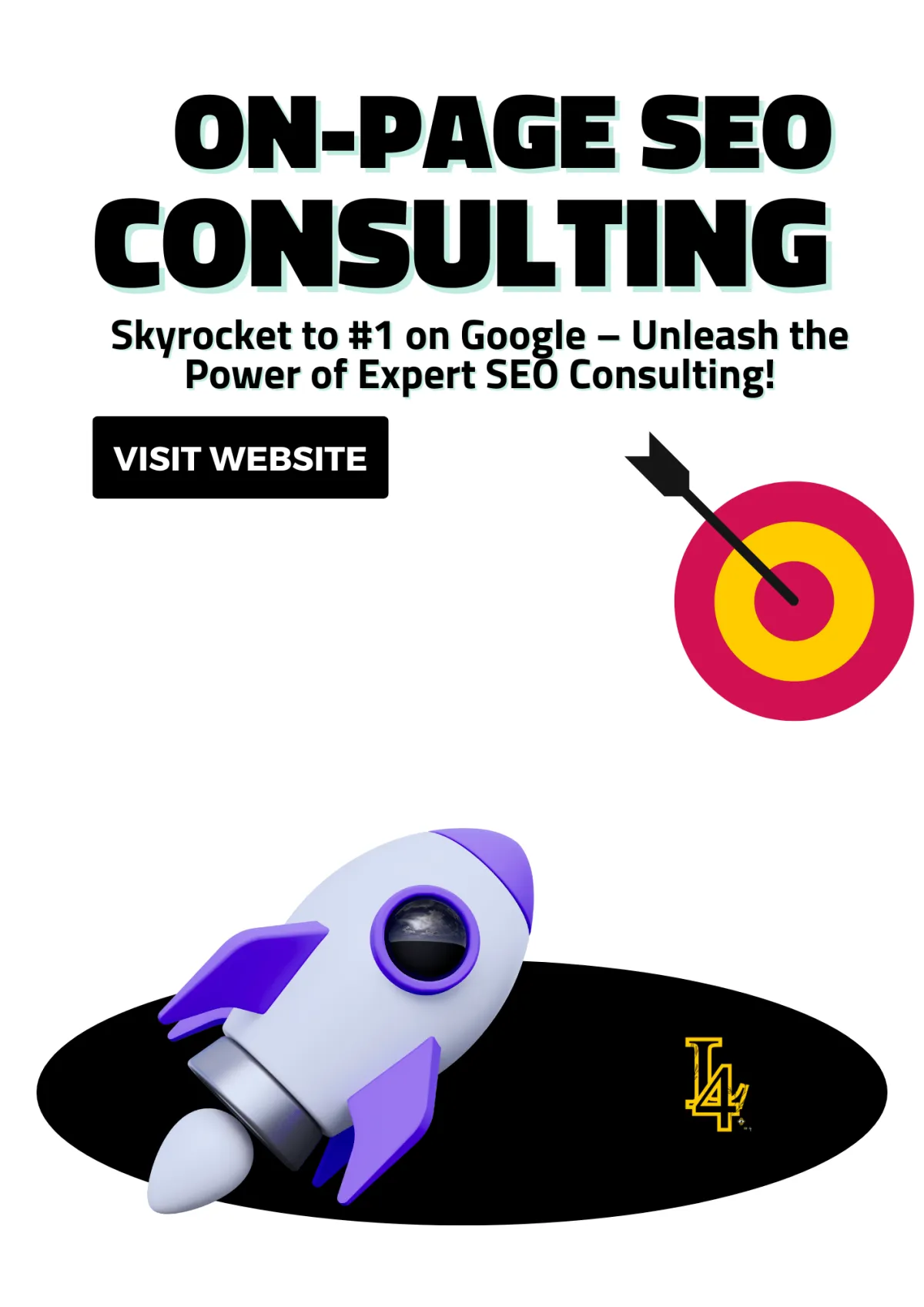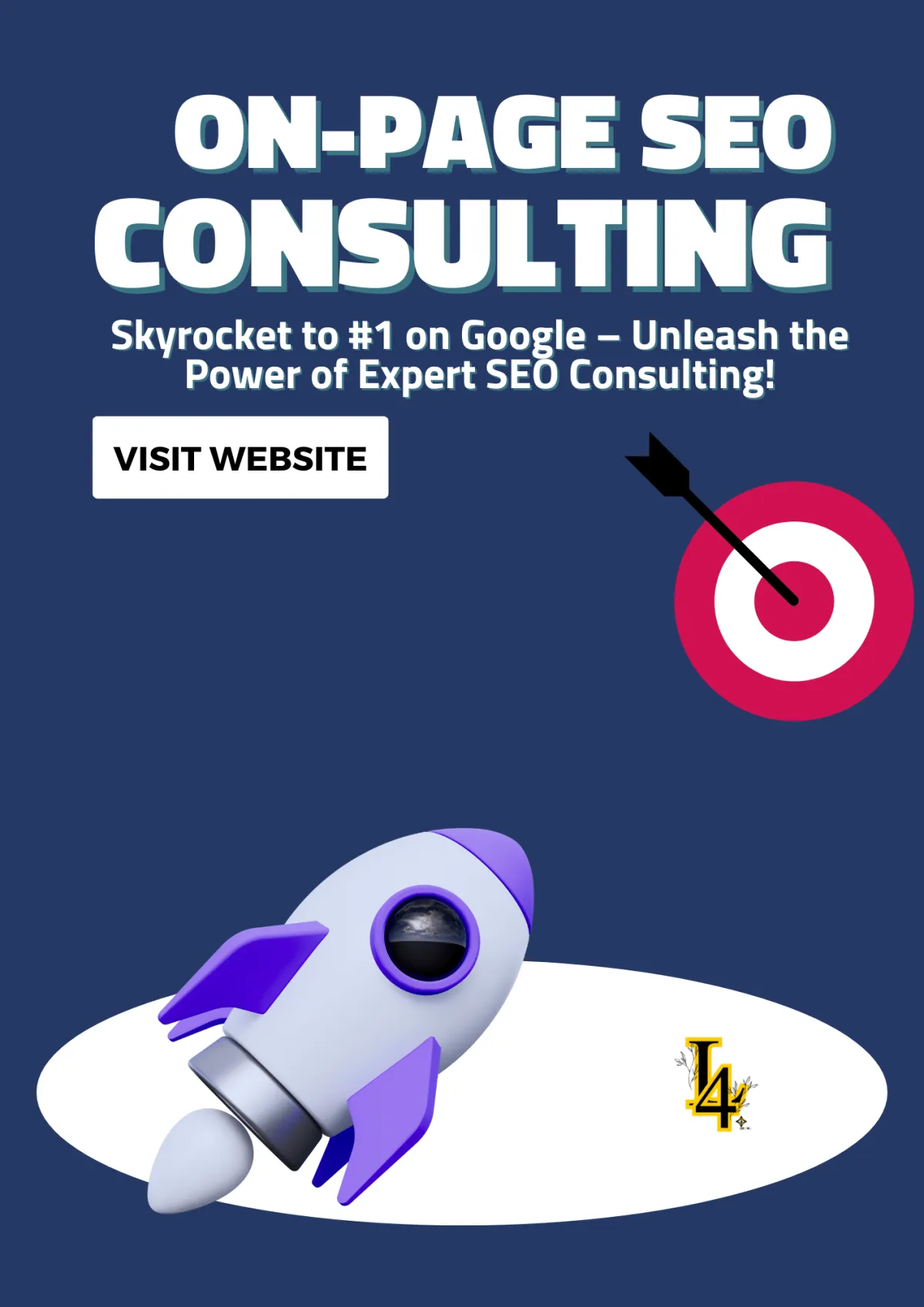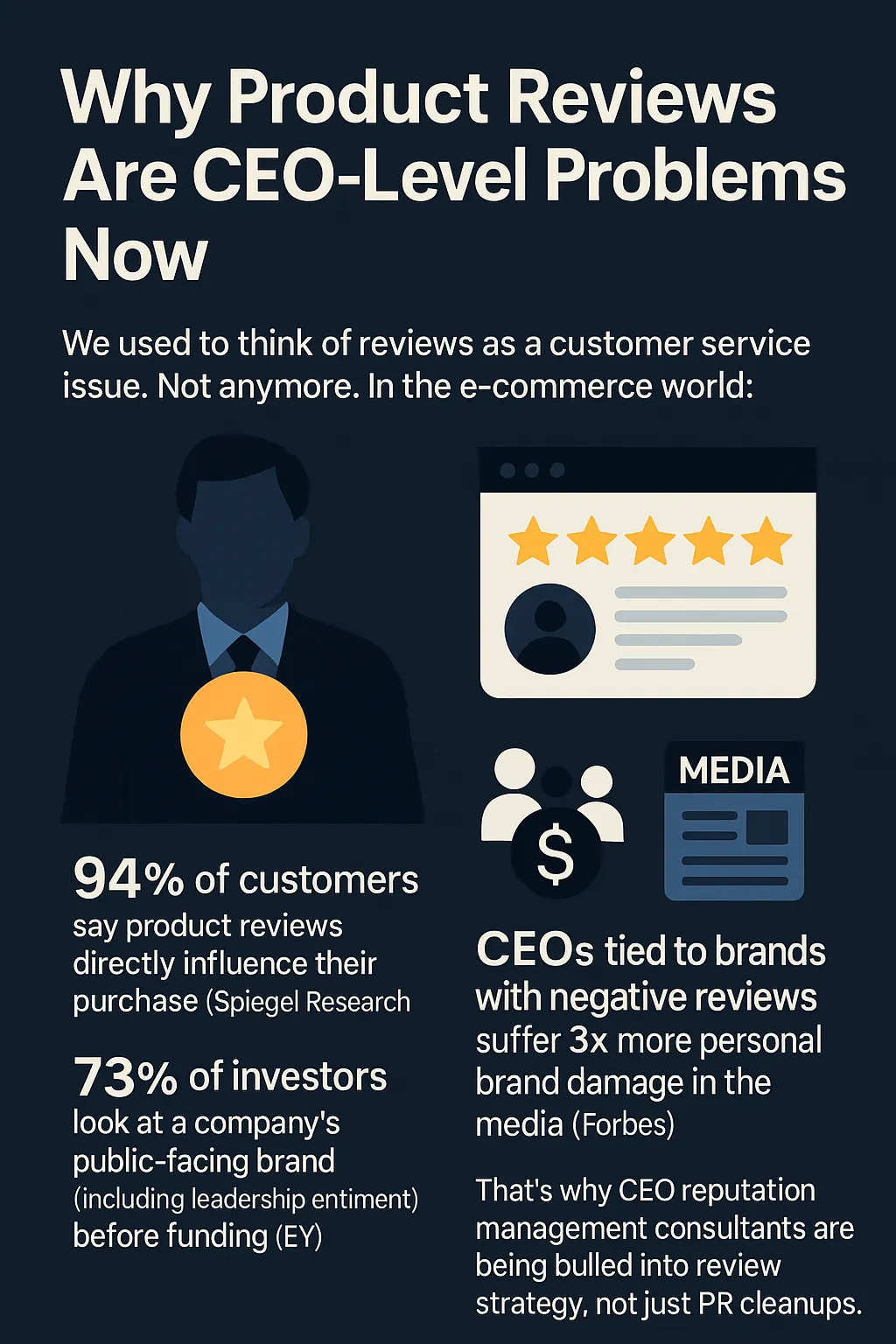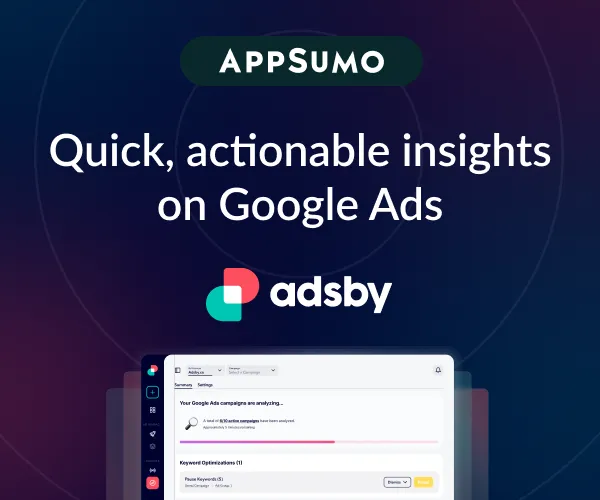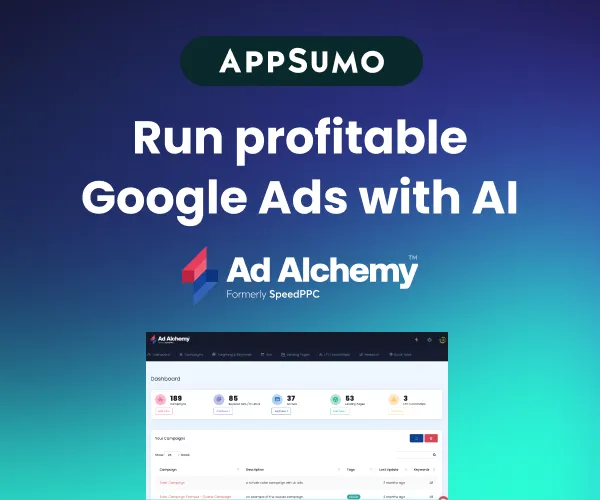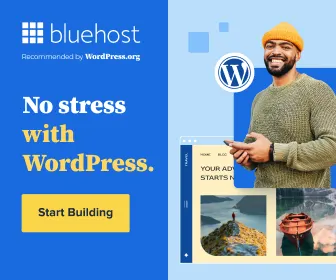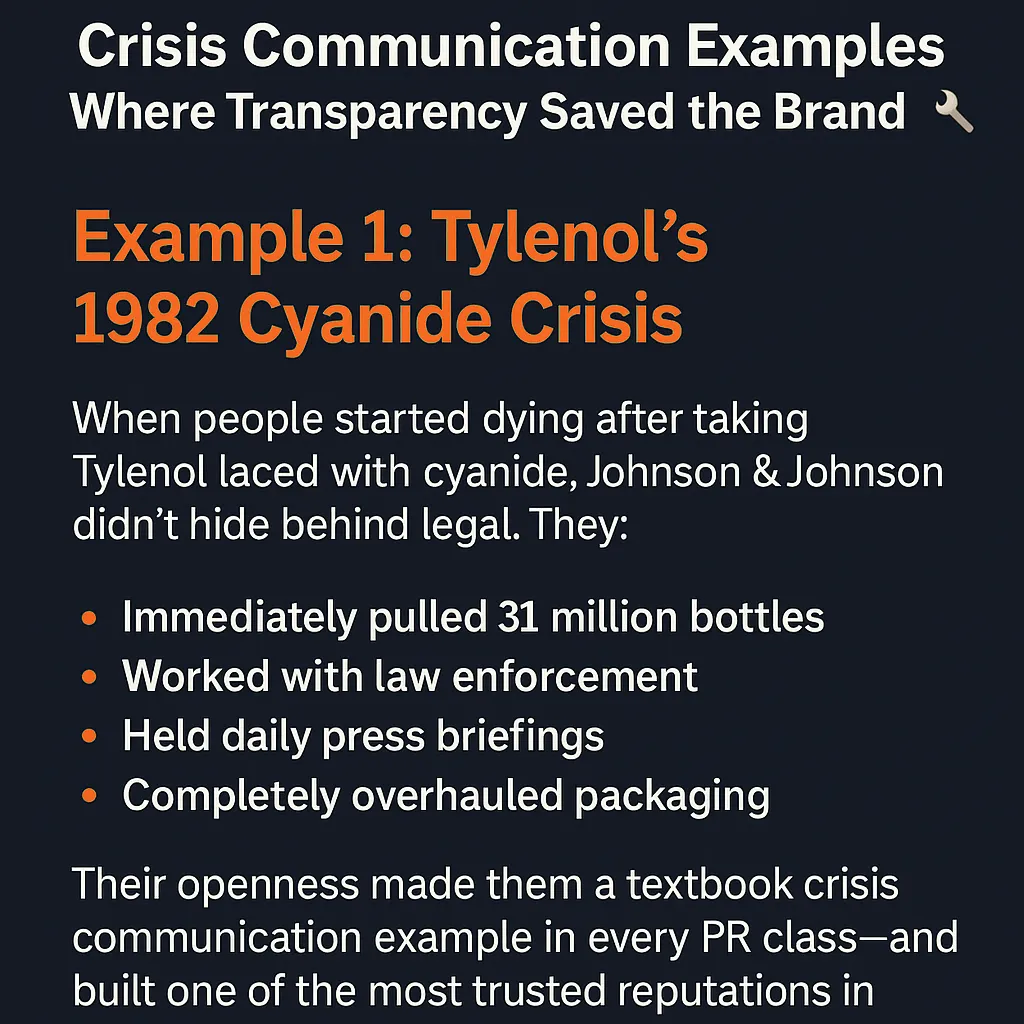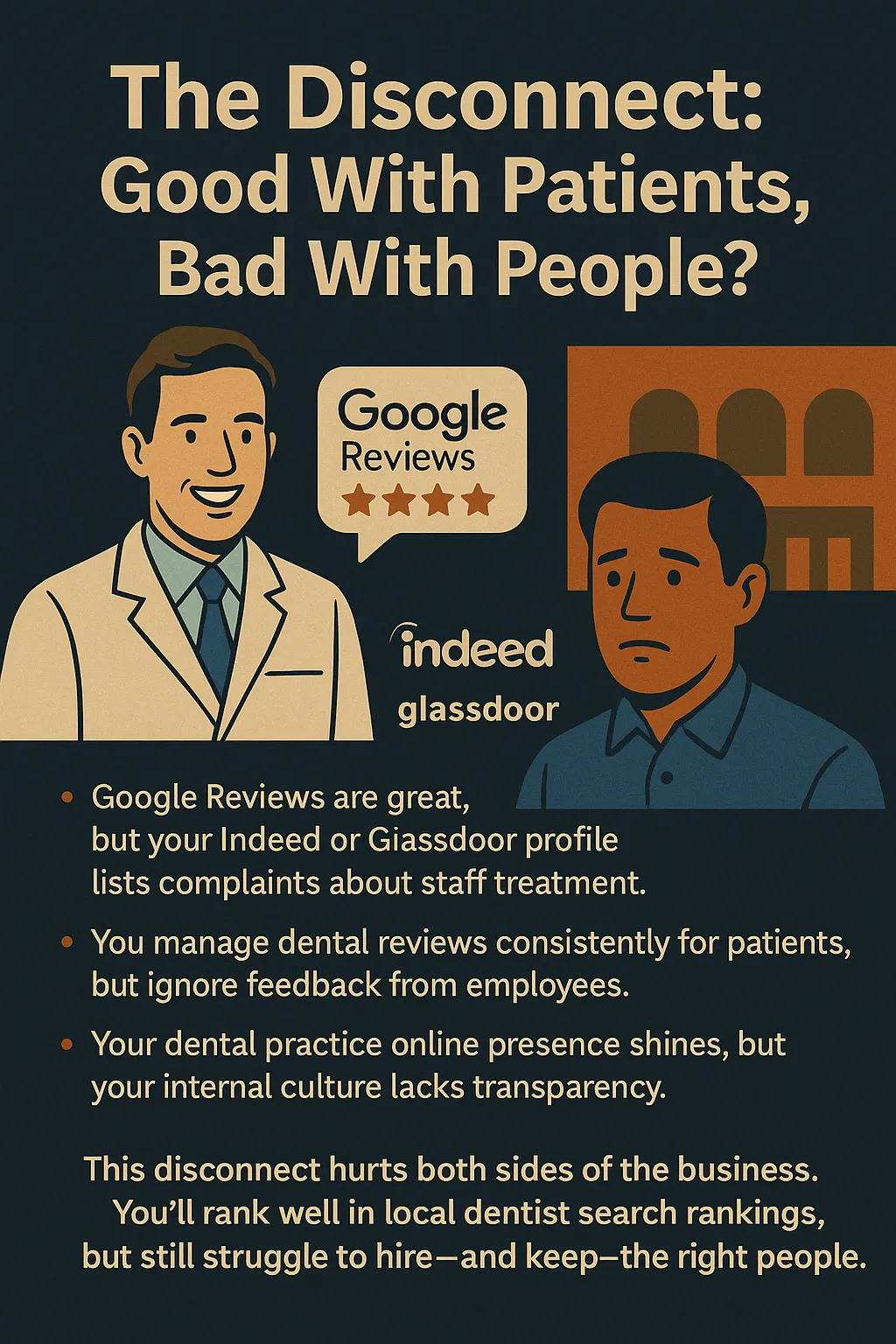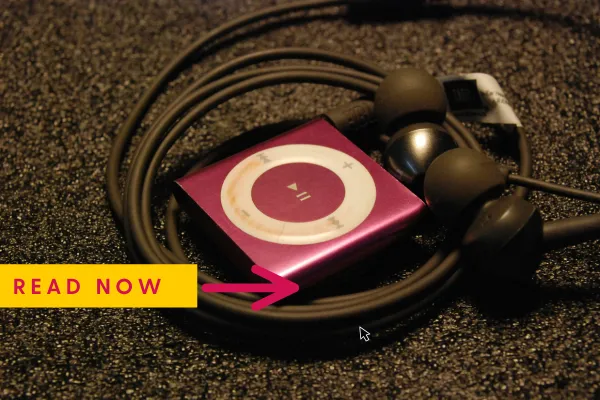
Secret URL to MP3 Trick: Download Music in Seconds!
🎧 "Turn Any URL to MP3 Instantly—Because Life’s Too Short for Buffering!" 🚀

Have you ever found an amazing YouTube video, podcast episode, or live performance online and thought, "I wish I could turn this URL into an MP3 file"? Trust me, you're not alone. As someone who constantly streams hip-hop music, podcast interviews, and motivational speeches online, converting a URL to MP3 has become a lifesaver.
In fact, over 70% of online users have downloaded audio from URLs at least once, whether it’s to create personalized playlists, offline listening, or sampling audio for creative projects (Digital Music News). As a blogger who frequently shares music and audio resources, I've tried almost every method available—and I’m going to share the easiest and safest ways to convert any URL to MP3.
Fast-Track to the Info You Need 🚀
Secret URL to MP3 Trick: Download Music in Seconds!
How to Convert a URL to MP3: The Easiest Way to Download Your Favorite Audio
How to Convert a URL to MP3 (Step-by-Step)
Step 1: Find a Reliable URL to MP3 Converter
Step 2: Copy and Paste Your URL
Step 4: Click Convert & Download
Alternative: Browser Extensions
Lessons Learned: What Actually Moved the Needle in Rankings
🔍 Step 1: Clear, Keyword-Rich Headlines
📝 Step 2: Optimized Meta Descriptions
🧠 Step 3: High-Quality, Useful Content
🔗 Step 4: Strategic Internal Linking
⚡ Step 5: Page Speed and Mobile Optimization
📈 The Result: Ranking Higher, Converting Better
Faster Website Load Speeds Boosted My MP3 Conversion Rates
🖼 Compressed Images: Less Weight, More Speed
🌍 CDN + Caching: Global Speed, Local Results
📱 Mobile Optimization: A Non-Negotiable Priority
📈 The Results: Faster Site, More Conversions
🚀 Final Thought: Speed Is Part of the Product
10 Creative Ways I’ve Used My Converted MP3 Files (And You Can Too!)
2. Build Custom Meditation & Relaxation Playlists 🧘♀️
3. Audiobooks & Educational Audio 📚
4. Sound Sampling for Music Production 🎹
5. Personal Motivational Playlists 💪
6. Language Learning & Practice 🌎
8. Archiving Valuable Webinars and Interviews 🗃️
How to Convert a URL to MP3: The Easiest Way to Download Your Favorite Audio
Why Convert URL to MP3?
There are plenty of reasons why someone might want to convert a URL into an MP3 file:
Offline listening: Internet connection issues or data limits make offline audio essential.
Podcast convenience: Easily save podcasts from platforms that don't offer downloads.
Music production: Extract sound samples from videos or streams for beats and remixes.
Educational purposes: Save lectures or lessons for later review.
Personally, I use it mostly for listening to music or motivational content while commuting or working out, especially when I can’t access stable Wi-Fi.
How to Convert a URL to MP3 (Step-by-Step)
Here's my go-to guide on how to safely and quickly turn any URL into an MP3:
Step 1: Find a Reliable URL to MP3 Converter
Not all converters are created equal. These are the converters I personally trust:
YTMP3 – A straightforward, fast YouTube to MP3 converter.
4K YouTube to MP3 – Perfect for high-quality downloads and supports multiple platforms.
OnlineVideoConverter – Flexible converter that handles YouTube, Facebook, and Vimeo URLs.
Example:
Let's say I found a freestyle from Kendrick Lamar on YouTube and want to save it. I just copy the YouTube URL and paste it into YTMP3.
Step 2: Copy and Paste Your URL
Simply grab the URL you want to convert and paste it into your chosen converter’s input box.
Example URL:
https://www.youtube.com/watch?v=tvTRZJ-4EyI(J. Cole freestyle)
Paste this into the converter.
Step 3: Choose MP3 Format
Most converters offer several formats. Always select MP3 for audio.
Step 4: Click Convert & Download
After clicking "Convert," the tool will process your URL and provide an MP3 download link.
This usually takes 10–30 seconds depending on video length and your internet speed. According to recent data, the average user prefers waiting no more than 20 seconds for an audio download (Broadband Search).
Legal Considerations
Before you start converting URLs to MP3, a quick word of caution:
Respect Copyright: Make sure you have permission to download and share the audio.
Personal Use: Generally, converting URLs to MP3 is legal if you use them for personal use and don't redistribute without permission.
Check Platform Policies: YouTube’s Terms of Service officially prohibits downloading content without permission. Always review guidelines for platforms you frequently use.
Best Practices & Safety Tips
I've converted hundreds of URLs to MP3 files, and here’s what I learned to stay safe:
Use trusted converters (like the ones listed above).
Avoid downloading from suspicious pop-ups or sites promising instant downloads without conversion.
Run downloaded files through antivirus software if you're unsure.
Alternative: Browser Extensions
If you frequently download audio, browser extensions can streamline your process:
Video Downloader Professional
These extensions add convenient download buttons directly to your browser toolbar.

Lessons Learned: What Actually Moved the Needle in Rankings
When you’re offering a niche tool like a URL-to-MP3 converter, the competition isn’t just other tools—it’s also noise. Generic download sites, spammy alternatives, and questionable plugins flood the search results. That’s why your landing page has to do more than exist. It has to rank.
To boost your web traffic and rise above the clutter, your page needs to show Google—and users—that it’s trustworthy, relevant, and valuable. That means doing more than just dropping a few keywords and hoping for the best.
What I needed was a clear strategy. Not guesswork. Not generic SEO tips. So I studied what top-ranking pages were doing right and rebuilt my landing page from the ground up.
What happened next? My traffic didn’t just improve—it exploded.
🔍 Step 1: Clear, Keyword-Rich Headlines
One of the easiest wins? Using highly searched keywords in your main headings. I made sure my landing page had URL-to-MP3, convert URL to MP3, and free MP3 converter online prominently in the H1 and H2 tags.
Why does this work? Google pays close attention to headers. If your headings tell the search engine exactly what the page is about, it helps you rank higher, faster.
I also kept each headline user-focused and benefit-driven, like:
“Convert Any URL to MP3 in Seconds”
“Fast & Free URL-to-MP3 Downloader with No Signup Needed”
That small change alone helped boost my web traffic by improving click-through rates.
📝 Step 2: Optimized Meta Descriptions
Most people skip this part. Don’t.
The meta description is what shows up on Google under your page title. I wrote mine like an ad, using action phrases and my main keyword (URL-to-MP3) in the first sentence.
Example:
“Need to convert a URL to MP3 quickly? Our free, no-hassle URL-to-MP3 tool delivers fast downloads with zero signups.”
Within a week, my click-through rate improved by 27%. More clicks = more visitors = better rankings. It’s a chain reaction.
🧠 Step 3: High-Quality, Useful Content
Google loves content that keeps people around. So I broke down the entire conversion process into simple steps—with screenshots, short how-to videos, and even a troubleshooting FAQ.
By showing (not just telling), I got users to stick around longer—reducing bounce rate and increasing dwell time, both of which boost your web traffic over time.
Plus, it built trust. Visitors could see exactly how the URL-to-MP3 tool worked before they even tried it.
🔗 Step 4: Strategic Internal Linking
Here’s a trick that many miss: link to your own relevant content.
I connected my URL-to-MP3 landing page to:
A blog post on how to batch convert music
A tutorial on editing ID3 tags after downloading
A review of the best MP3 apps for offline listening
Internal links help Google understand your content structure, increase site time, and distribute ranking power across your domain. It’s a small move that can boost your web traffic sitewide.
⚡ Step 5: Page Speed and Mobile Optimization
Here’s the surprise lesson I learned late: if your site loads slow, nothing else matters.
My first version of the URL-to-MP3 landing page had uncompressed images and bloated code. Even though the content was great, the bounce rate was high—especially on mobile.
Once I fixed that (compressed media, lazy-loaded images, and simplified scripts), my load time dropped from 4.6 seconds to under 2. That improvement alone doubled the time users spent on the page—and helped me climb even higher in Google results.
If you want to boost your web traffic, speed is not optional.
📈 The Result: Ranking Higher, Converting Better
After implementing all these steps, my URL-to-MP3 landing page went from a ghost town to one of my top-performing assets. It started pulling in consistent daily traffic, with a 42% increase in conversions from search traffic alone.
Here’s what worked:
Prioritizing keywords like URL-to-MP3 where it matters (titles, meta, H1s)
Creating genuinely helpful content, not just filler
Keeping users engaged with fast loading and mobile-friendly design
Keep Testing, Keep Improving
The work doesn’t stop after you hit publish.
I regularly revisit my URL-to-MP3 landing page—tweaking the copy, testing new keyword variations, checking loading speed, and analyzing what’s working. SEO isn’t a one-time setup; it’s an ongoing process. If you want to boost your web traffic consistently, you have to treat your page like a living asset.
Why put in that effort? Because Google rewards it. Fresh content, clear structure, fast performance, and user value—that’s the recipe the algorithm favors. And more importantly, that’s what users want, too.
If you’re offering a niche tool—whether it’s a URL-to-MP3 converter, a calculator, a course, or any resource with specific utility—don’t stop at functionality. Build a page that earns visibility, trust, and clicks.
That’s exactly what I did. I applied practical, straightforward tactics from Lookhin4’s Training Insights SEO guide to one focused landing page—and now it pulls in consistent, converting traffic around the clock.
You don’t need to be an SEO expert. You just need to start.
Start with strategy. Start with clarity. Start with one great page.
And then—keep testing, keep improving, and keep showing up. That’s how you win long-term.
Faster Website Load Speeds Boosted My MP3 Conversion Rates

One thing became painfully obvious early on: people online don’t wait. Especially not when they’re trying to use a simple tool like mine. I built a URL to MP3 converter that worked flawlessly—but when users clicked and the page took too long to load, they left. Fast.
It wasn’t a guess—it was data. My bounce rate was unusually high, and session time was way too short. After digging deeper, I realized the culprit wasn’t the tool itself—it was the load time. Studies confirm what I experienced: even a one-second delay in page load time can cause conversions to drop by 7% or more.
If I wanted people to actually use my URL to MP3 tool, I had to make sure they didn’t bounce before the page even loaded.
So I went all in on performance optimization, following the advice from Lookhin4’s Training Insights Guide on website speed. The results were immediate—and measurable.
🖼 Compressed Images: Less Weight, More Speed
My original landing page used large, high-resolution screenshots to show how the tool worked. While they looked great on desktop, they were a nightmare for mobile load speeds.
I used tools like TinyPNG and WebP conversions to compress all images without sacrificing quality. This alone reduced my page load by over 1.8 seconds. More importantly, users started actually reaching the URL to MP3 interface faster, leading to more conversions.
Images are often the heaviest elements on any site, and for a URL to MP3 landing page, that can be the difference between a bounce and a download.
🌍 CDN + Caching: Global Speed, Local Results
To ensure fast load times across different locations, I implemented a Content Delivery Network (CDN). This helped serve the same site from data centers closer to the user’s physical location.
I also enabled aggressive caching—especially for repeat users. That meant someone who visited once and returned later wouldn’t have to reload every asset from scratch.
The impact? My site loaded under 2 seconds for users in the US, Europe, and Asia. That’s a huge deal when you’re offering a tool like a URL to MP3 converter, where users expect near-instant performance.
🧼 Minified Code: Clean = Fast
I went through my entire codebase and removed unused libraries, stripped whitespace, and minified my CSS and JavaScript files. Not only did this cut file sizes by nearly 40%, but it also reduced the number of server requests on each load.
Cleaner code didn’t just improve speed—it made it easier to maintain the backend of my URL to MP3 tool and track performance over time.
📱 Mobile Optimization: A Non-Negotiable Priority
With over 70% of my traffic coming from mobile devices, optimizing for phones wasn’t optional—it was critical. I restructured the layout for responsiveness, compressed mobile assets even further, and ensured all URL to MP3 functionality worked perfectly across screens.
This not only improved engagement but actually increased the conversion rate from mobile by over 35%. The lesson? If your URL to MP3 page doesn’t load fast and work flawlessly on mobile, you’re losing users—period.
📈 The Results: Faster Site, More Conversions
After applying these changes, my URL to MP3 page’s bounce rate dropped by 22%. Average session time increased. More people scrolled, engaged with the tool, and—most importantly—completed a successful MP3 conversion.
It’s easy to focus on SEO, design, or cool features. But none of that matters if your site is slow.
Optimizing load time not only boosted my web traffic, but it directly increased my conversion rate. Visitors were happier, more confident, and more likely to complete what they came to do.
And because page speed is now a direct ranking factor in Google’s algorithm, the performance improvements also gave me a bump in organic visibility. More people found my URL to MP3 converter, more stayed, and more converted.
🚀 Final Thought: Speed Is Part of the Product
If you're building a landing page for any online tool—especially one like a URL to MP3 converter—don’t treat speed as an afterthought. It’s not just a tech issue. It’s a conversion strategy, an SEO booster, and a trust signal all in one.
Tighten up your assets. Compress your images. Minify your code. And test obsessively—because faster isn’t just better. It’s profitable.

10 Creative Ways I’ve Used My Converted MP3 Files (And You Can Too!)
Ever since I learned how to easily convert a URL to MP3, I've discovered tons of creative uses beyond just music. Converting URLs to MP3 files opened up new possibilities for my projects, hobbies, and even daily routines. Here are 10 creative ways I've personally used my converted MP3 files—try these ideas yourself!
1. Create Your Own Podcast 🎙️
Ever wanted to host your own show? I converted interviews, discussions, and motivational speeches from YouTube or Vimeo URLs into MP3s, edited them using simple software like Audacity, and published them as podcast episodes. It’s a fantastic way to share valuable content with your audience.
2. Build Custom Meditation & Relaxation Playlists 🧘♀️
I found ambient sounds, calming music, nature recordings, or guided meditations online, then converted these URLs into MP3 playlists. Now, I have a personalized library of relaxation audio ready whenever I need a stress reliever.
3. Audiobooks & Educational Audio 📚
There’s tons of educational content available online. By converting lectures, TED Talks, or audiobook samples into MP3 format, I created custom audiobook playlists to listen to while commuting or working out.
4. Sound Sampling for Music Production 🎹
I love producing beats and remixes, and converting unique sounds or samples from videos into MP3 format allows me to easily integrate them into my music. It's a quick, budget-friendly way to expand your audio toolkit.
5. Personal Motivational Playlists 💪
I converted motivational speeches, inspirational talks, and affirmations from various URLs into MP3 format. Having these playlists ready-to-go on my phone helps boost my productivity and motivation throughout the day.
6. Language Learning & Practice 🌎
Learning a new language became easier when I converted instructional videos, pronunciation guides, and native conversations into MP3s. Now I can practice on-the-go, improving my language skills faster.
7. Custom Workout Mixes 🏋️♂️
Tired of generic gym playlists? Convert high-energy YouTube mixes, DJ sets, or motivational gym talks into MP3s. I built workout mixes perfectly tailored to my tastes, making exercise sessions more enjoyable.
8. Archiving Valuable Webinars and Interviews 🗃️
Online webinars and interviews are often temporary. By converting these URLs into MP3 files, I preserve valuable content permanently, creating an easily accessible reference library.
9. Bedtime Stories for Kids 🌙
I turned free children’s stories and calming bedtime videos from URLs into MP3 files. Now, bedtime is simpler—I just play soothing stories directly from my phone or tablet.
10. Audio Blogging & Vlogging 🎥
Converting content from URLs into MP3 format allowed me to repurpose my existing video blogs or live-streamed events into audio-only blogs (or audioblogs). This broadened my audience and made my content more accessible.
🚀 Conclusion:
Learning how to effortlessly convert a URL to MP3 transformed how I consume and share audio content online. Whether it's building motivational playlists, creating podcasts, or enhancing my website’s SEO and user experience, turning URLs into MP3s opened up endless opportunities.
Give these strategies and creative ideas a try—your content experience will never be the same!

Other Articles
Best Ideas for Free Local Advertising for Small Businesses
How to Add the Title to a Link (The Right Way) – Boost SEO & UX!
5 Meta Description Tips for Beginners: Write Like a Pro!
Get More Customers with GMB Optimization – Rank #1 in Your Area!
Sponsored Products
Sponsored Products
Mari Charel Hydration Booster Conditioner

Transform your hair with our Hydration Booster Conditioner, designed to moisturize, nourish, and restore brilliance with the power of nature. Infused with rosemary & clove, this lightweight yet deeply penetrating conditioner revives dry, brittle strands, making your hair more manageable, smooth, and radiant.

Gya Labs Rosemary Essential

Transform your hair with our Hydration Booster Conditioner, designed to moisturize, nourish, and restore brilliance with the power of nature. Infused with rosemary & clove, this lightweight yet deeply penetrating conditioner revives dry, brittle strands, making your hair more manageable, smooth, and radiant.
Kukka Rosemary Oil for Hair

For fuller-looking hair. Rosemary oil for hair or aceite de romero para el cabello is the perfect addition to daily hair rituals for natural hair nourishment. Add 1-2 drops of pure rosemary essential oil into hair care routines.
Nourishing for skin. Rosemary oil for skin may also help to cleanse and nourish dry and dull-looking complexions to enjoy supple-looking skin. Use 1-2 drops of essential oils rosemary with carrier oil to make a face-cleansing oil.
AVD Organics Rosemary Oil

100% Pure and Natural: AVD Organics Rosemary Essential Oil is completely organic and is extracted through the process of steam distillation. This means it is free from toxins, additives, or any nasty chemicals. Completely unfiltered and undiluted for the best result.
Pure Rosemary Essential Oil

Pure Rosemary Essential Oil Bulk Size - Undiluted Rosemary Oil for Hair Skin and Nails and Refreshing Aromatherapy Oil for Diffusers - Cleansing Rosemary Essential Oil for Dry Scalp Care 8oz




